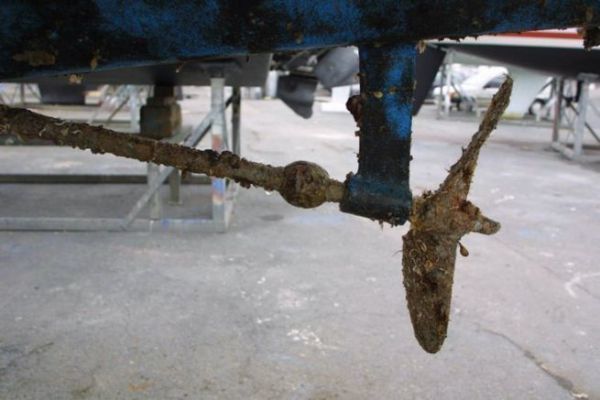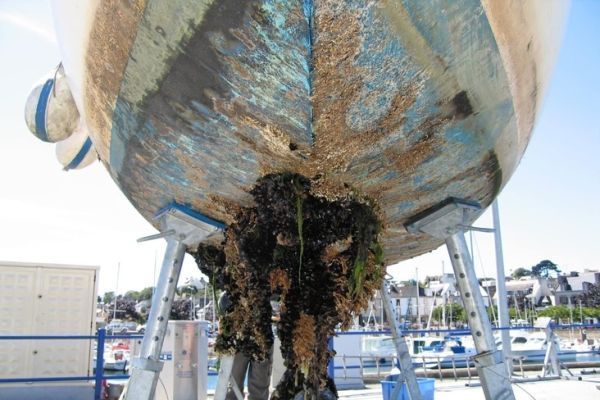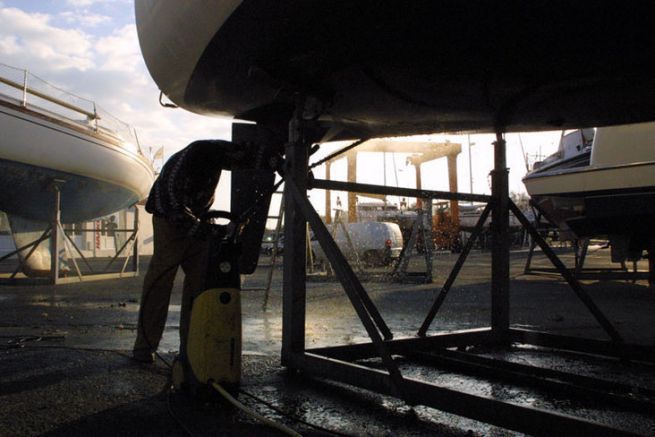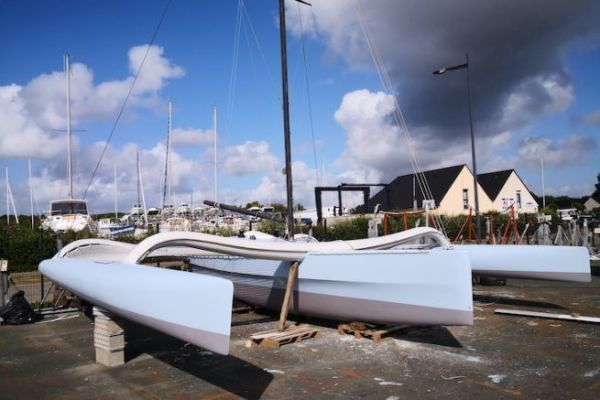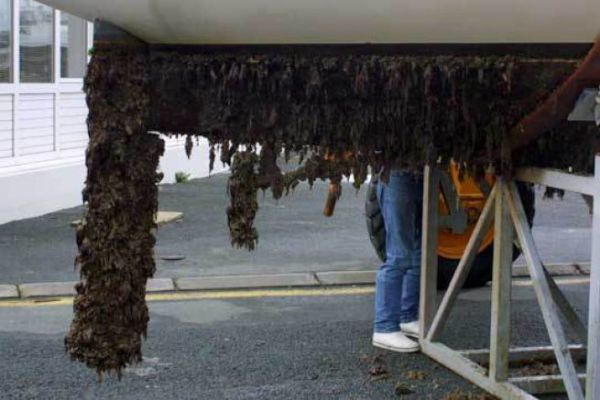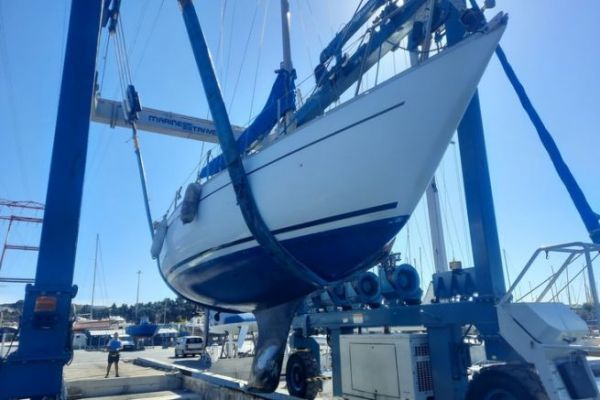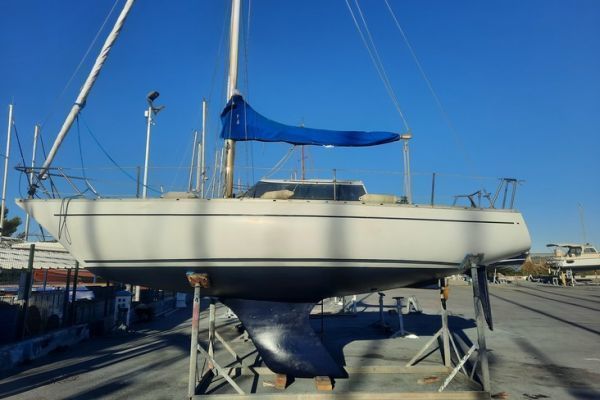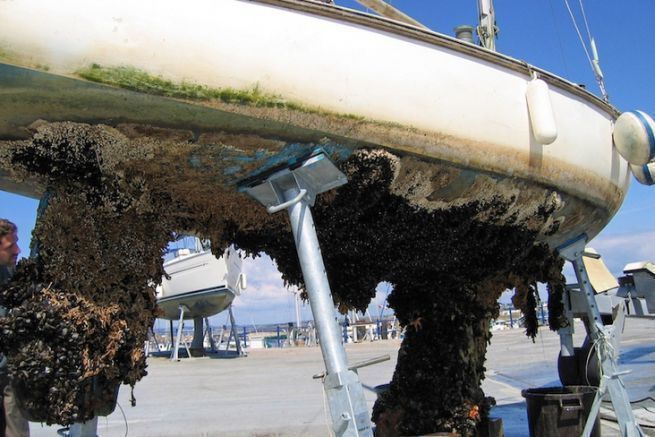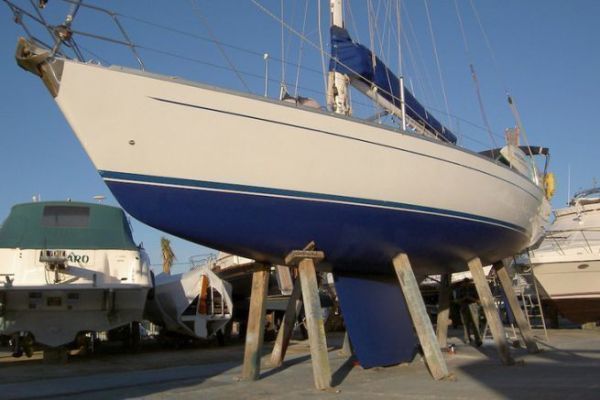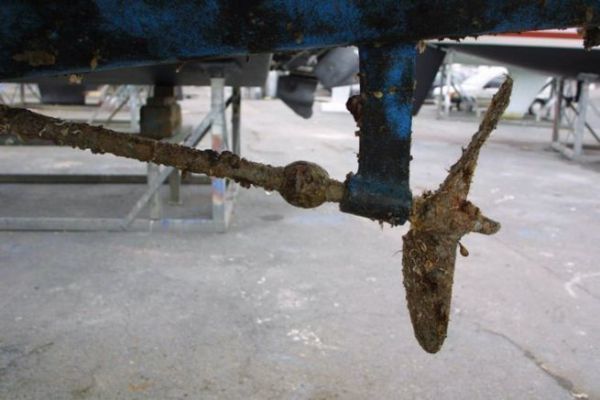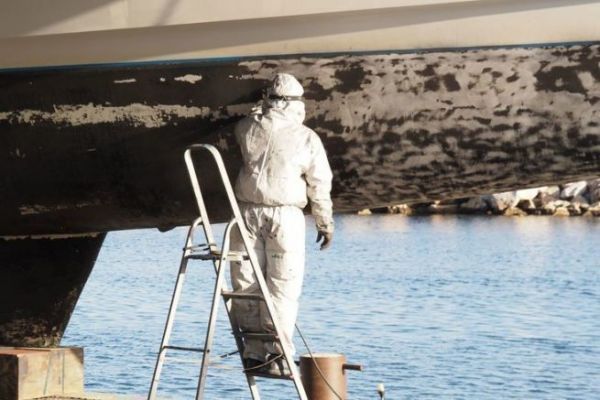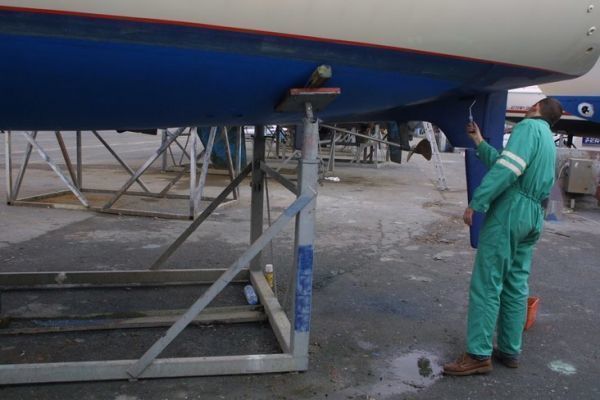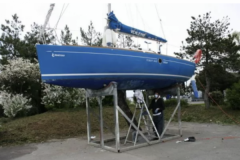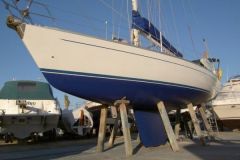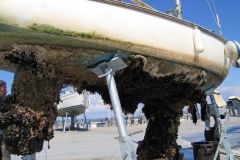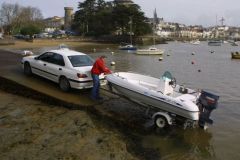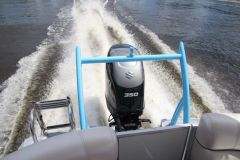In some boating areas, bare propellers quickly become covered with small shells that impair their effectiveness. Indeed, to be effective, a propeller must have a completely smooth surface. One solution is to apply a specific antifouling that does not corrode the metal of the propeller, but there are others.
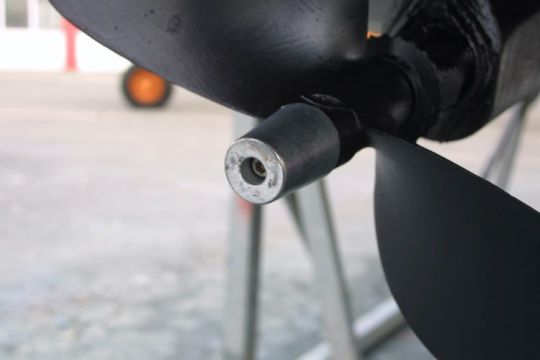
Don't forget the anodes
A first precaution to take before attempting to treat the propeller is to preserve the contact between the anodes and the metal. The anode contact area should not be painted. Once in place, the anode should not be painted either so that it can play its role by remaining in contact with the water.
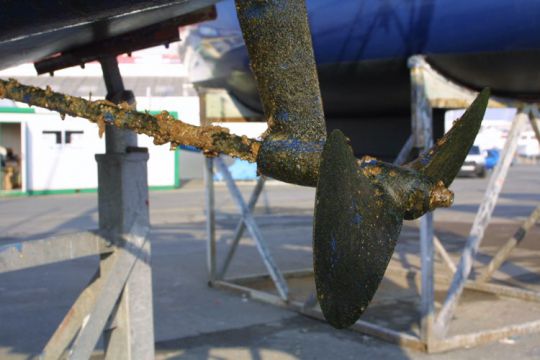
System D to protect your propeller
Here are 4 solutions used by boaters and some fishermen to protect their propellers and preserve their performance.
- Grease for winch Lewmar or any other white marine grease: applied generously on the blades they would prevent soiling for at least 90 days.
- Black soap to be reserved for boats that run aground on the foreshore, because it is necessary to put some back regularly.
- Polishing the propeller a very smooth surface can make it difficult for the shells to catch on. To polish the propeller, you can use a very fine-grained emery cloth and polishing compound.
- A special antifouling for propellers, such as Velox Plus... for metal propellers, it will require dry sanding and prior application of a primer. Composite propellers can be directly covered with antifouling.
- The safest way is to pack your propeller in a bag that does not let light through. Indeed, the animals that colonize our hulls need light to live. But this extreme solution requires diving every time you want to use your sailboat, so it should only be used for very long stopovers.

The results of these practices depend on the quality of your work, but also on the waters in which the sailboats sail. Warm seas are known to be dirtier, for example. Also, the more you sail and the more you let your propeller turn, the less quickly the shells will settle.
And you, what solutions have you chosen?
